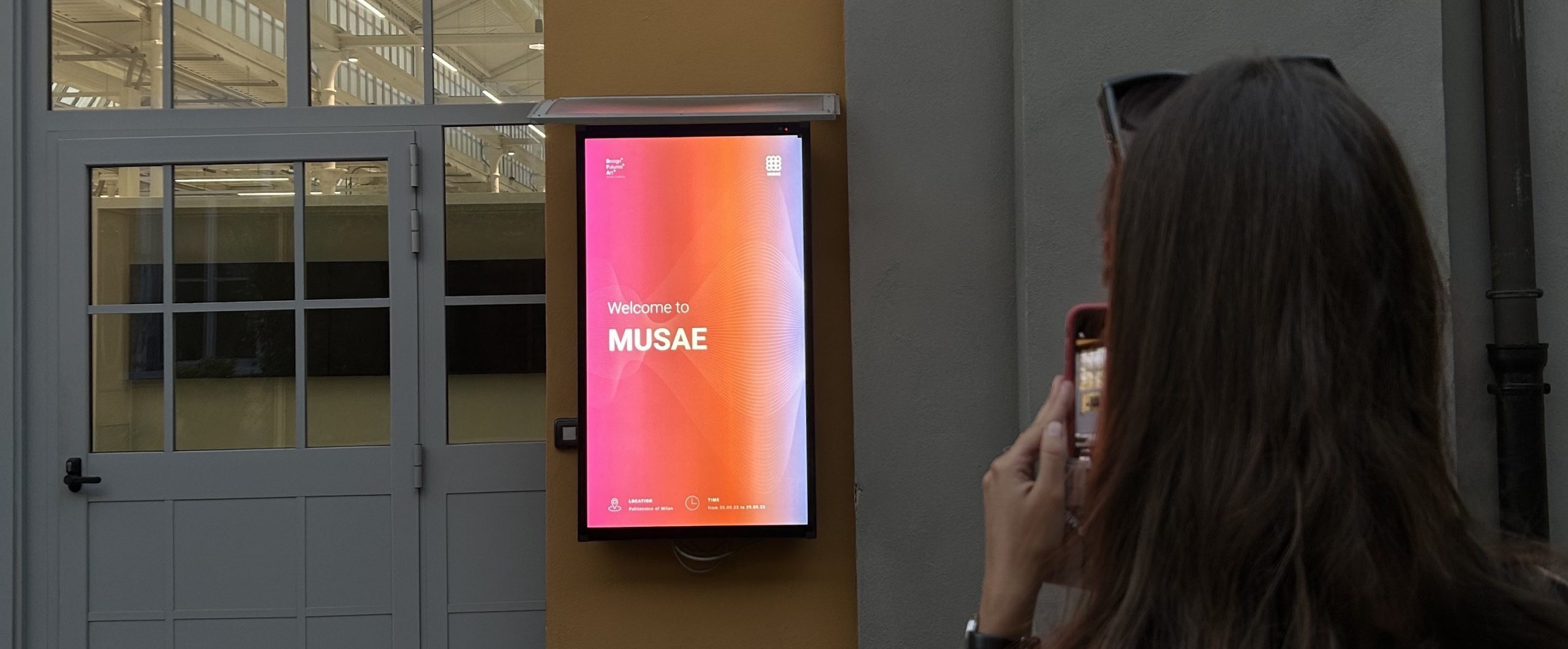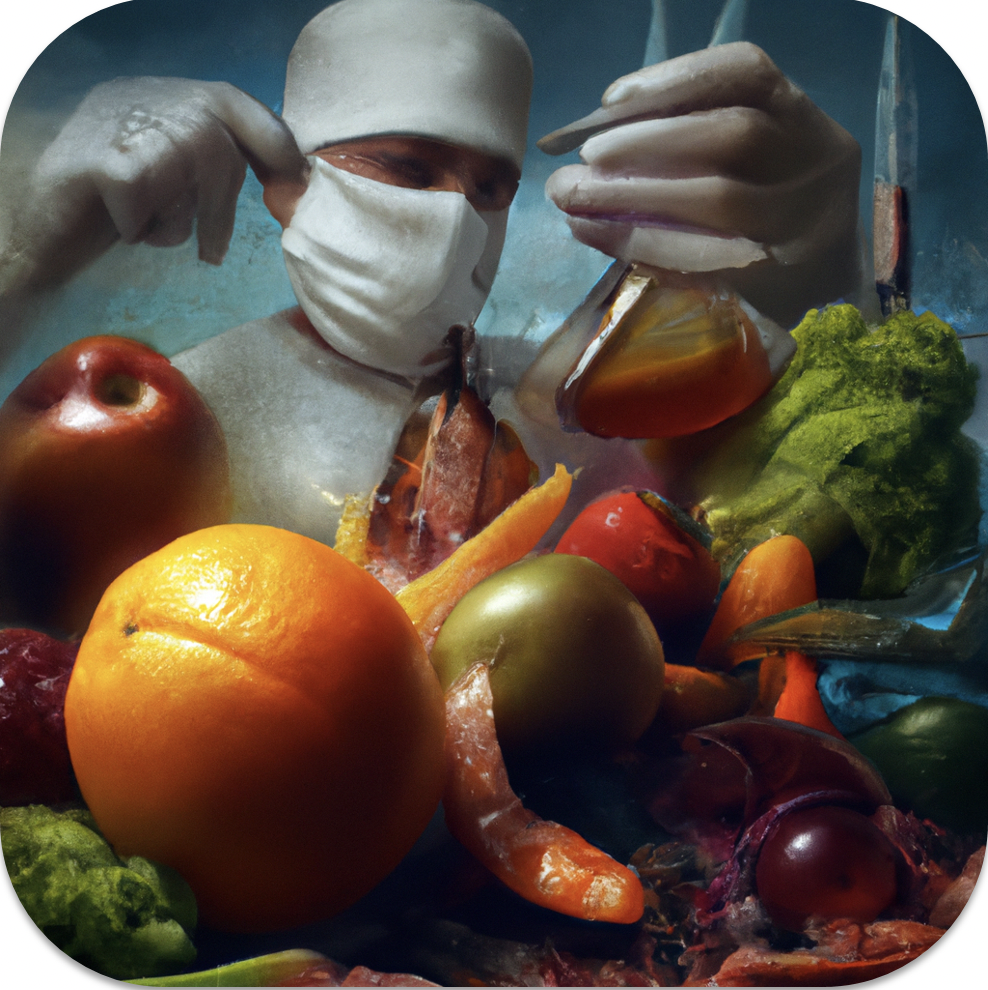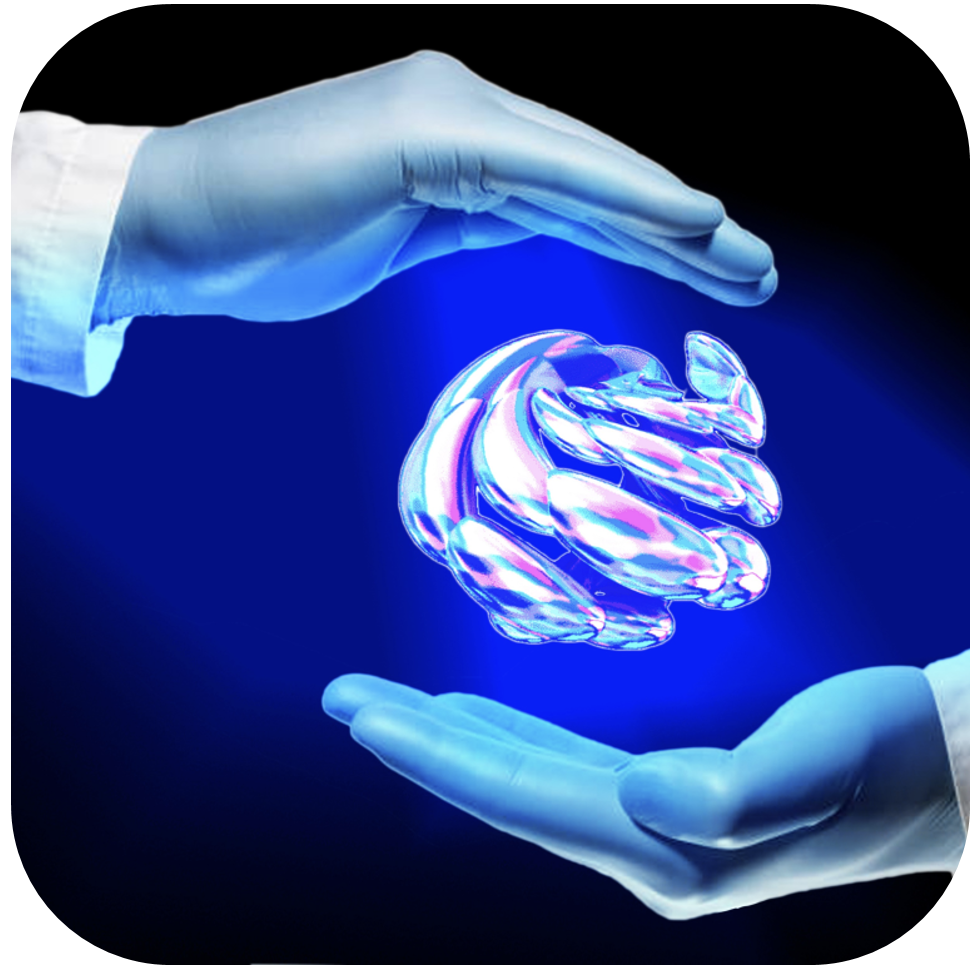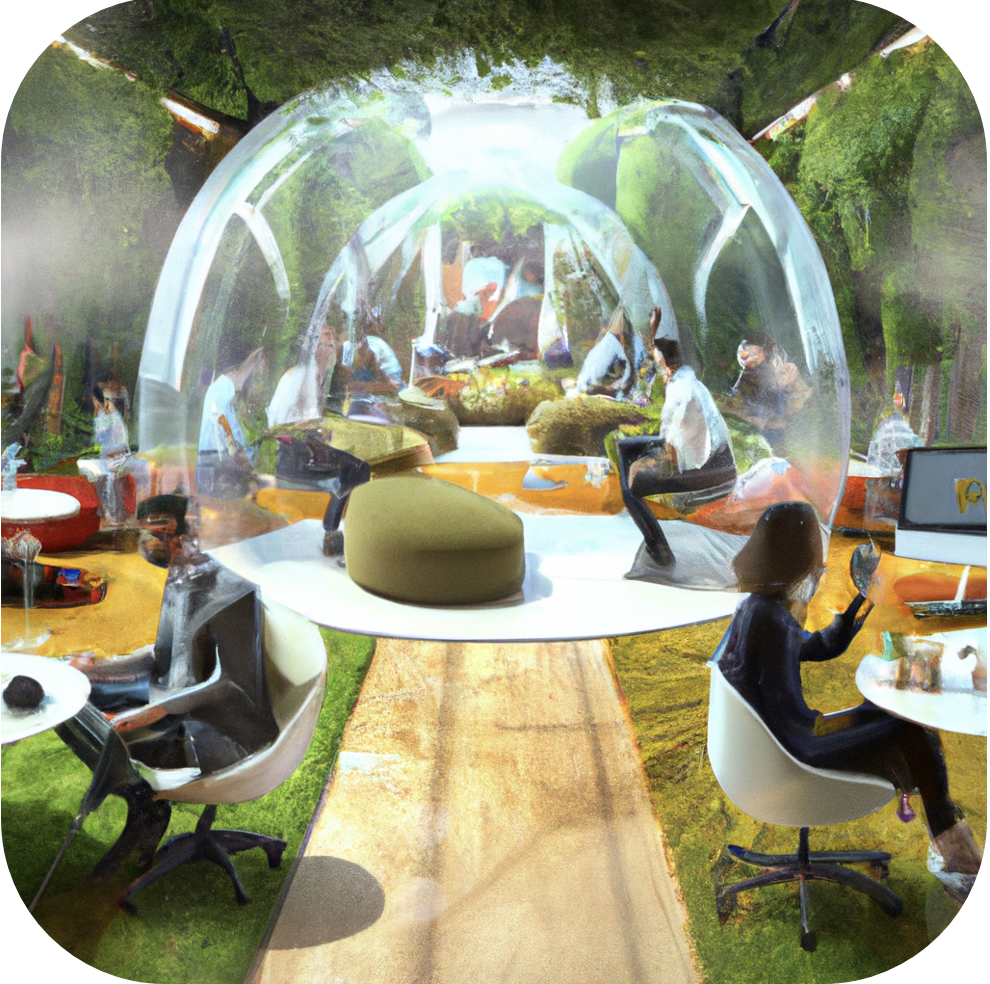
MUSAE Open Calls
During MUSAE project, two open calls were launched to invite artists and SMEs to apply for the art-tech residencies. First Open call was focused on the Artists, while the Second Open call was aimed at the teams of Artists and SMEs.
On this page, you will find the format and description of the open call formats and how they were structured in MUSAE project. Both open calls include Guide of Applicants, Application forms, Webinars, and other materials.
First Open Call for Artists
Are you interested in exploring the role of food in human and planetary well-being? MUSAE is looking for artists who can provide critical reflection, and envision future potential and challenges of the topic of Food as Medicine by producing future scenarios and artworks. The first open call of MUSAE is a unique opportunity for artists to explore the future challenges of food systems of production, supply, and consumption by applying an innovative Design Futures Art-driven (DFA) method to develop future scenarios which will be the starting point for the second MUSAE open call and residency in 2024.
Applications can be submitted from April 13th, 2023 14.00 CET until June 9th, 2023 12.00 CET (noon).
- Funding per artist: 40 000 EUR
- Number of selected artists: 10 artists
- Residency period: 7 months
Find out more information about the open call for Applicants
MUSAE First Open Call Webinars
MUSAE consortium partners have scheduled three online webinars to clear doubts and provide live responses to questions regarding the first open call. All webinar sessions will be recorded and subsequently will be available online.
First Webinar: 08th May 2023 (Monday) at 11 am CET.
Second Webinar: 15th May 2023 (Monday) at 11 am CET.
Third Webinar: 22nd May 2023 (Monday) at 11 am CET.
MUSAE First Open Call Thematic Tracks
The proposal of applicants should address one of the three thematic tracks, which are recognized as emerging trends in the area of Food as Medicine:
Reducing Carbon Footprint in Dietary Behavior

The population of the world is expected to rise to between 9.4 to 10.2 billion by 2050. With this increasing population comes an increasing demand for food. In order to provide enough nutritious food for future generations we must change our dietary habits and switch to more sustainable eating patterns.
–How can we switch to more sustainable diets while meeting our nutrient requirements?
–How can we produce foods with lower carbon footprints?
–Are new meat alternatives healthy?
Role of Food in Holistic Human Well-Being

Holistic health refers to the health of the whole person, encompassing five key dimensions – physical, emotional, social, mental, and spiritual well-being. There is a large and growing body of evidence that supports that the intake of certain nutrients, food groups, and dietary patterns positively influences health and promotes the prevention of non-communicable diseases. The development of strategies that enable individuals to change their dietary behavior and promote a great awareness of the link between diet and health is needed.
–How can we increase whole grains, fruits, and vegetables while decreasing salt intake?
–How can we enable people to make healthy food choices?
–Can we develop personalized approaches to enable people to make healthier choices?
–How can we develop new and innovative approaches to communicate the benefits of food?
Rethinking The Food Chain in Our Environment

We need to reshape food supply chains to stay resilient during and beyond current environmental, political, and economic crises. Components of the food chain involve production, handling and storage, processing and packaging, distribution, retail, consumers, and waste.
–Can we develop new innovations to reduce food waste?
–Can short supply chains play a role?
–What innovations are needed to support food security for all?
Second Open Call for Artists and SMEs
MUSAE is looking for 11 teams* composed of 1 SME and 1 artist who will engage with and apply a Design Futures Art-driven (DFA) method to develop innovative prototypes (TRL5) based on future scenarios deploying digital technologies – AI, Robotics, and Wearables.
*at least 1 team (artist and SME) will be specifically selected from one of the Widening Countries.
MUSAE will support selected teams through a residency, as well as exhibitions and public events during the residency. The program is divided into 2 phases – Concept generation and Prototype building. The program includes funding, training, and access to the expertise of the MUSAE network and consortium. As a result of the residency, the teams will develop prototypes of TRL5 based on the DFA method, which will be presented at the final exhibition in Brussels.
Timeline of the Residency Program

What Do We Offer
MUSAE will select 11 teams (artists and SMEs) that will participate in a residency program where they will develop prototypes of TRL5 based on the Design Futures Art-driven method.
MUSAE will offer the selected teams the following:
- Up to 80 000 EUR as a lump sum grant (of which 24 000 EUR to artist and 56 000 EUR to SME)
- Mentorship and support by the consortium partners (art, design, technologies, and nutrition)
- Access to S+T+ARTs and MUSAE networks and experts
- Participation in exhibitions showcasing the outcomes of the residency
- Visibility through high-impact communication activities to promote art-tech collaboration and innovation
Who Can Apply
MUSAE is looking for proposals from teams consisting of artists and SMEs (See Guide of Applicants for Eligibility criteria).
At least one team will be specifically selected from one of the Widening Countries.
Matchmaking
Are you an artist looking for an SME? Or are you an SME looking for an artist? In collaboration with Enterprise European Network we organized a Matchmaking Platform to give you the opportunity meet your partner for this project. Click here to find more information, register your profile and start looking for collaborators!
What Do We Expect
After signing the agreement, selected teams in the Open Call are expected to produce a prototype of TRL5 by moving from experimental proof of concepts (TRL 3 – Experimental Proof of Concept) to validation in relevant environments (TRL 5 – Technology validated in a relevant environment).
In order to apply for the Second Open Call, the teams are expected to choose one of the future scenarios as a context, which will serve as a starting point to develop concepts and prototypes if selected. In particular, the teams (SME and artist) are invited to submit a proposal consisting of (1) Scenario Exploration: choosing one of the Future Scenarios and exploring it together as a team to identify specific hopes, fears and values they would like to bring forward in this scenario; (2) Brief: creating a brief by identifying a challenge they want to tackle as a team in this scenario, as well as describing a specific opportunity they foresee to respond to the challenge; and finally (3) Feasibility, proving the technological feasibility of the proposal, as well as the expertise of the team.
Explore the future scenarios in detail below. If you click on “EXPLORE THE SCENARIO IN DETAIL” you can find trends and elements of the scenario that can inspire you further.
